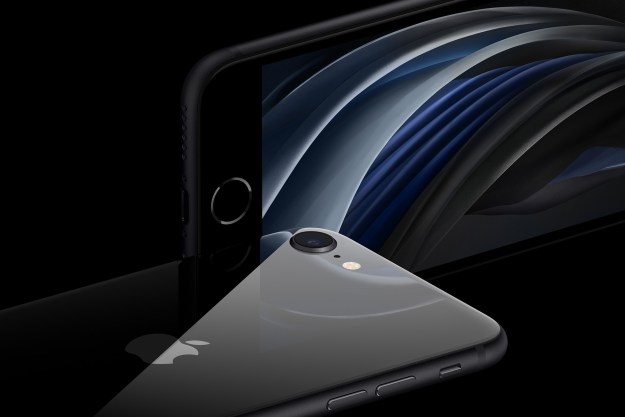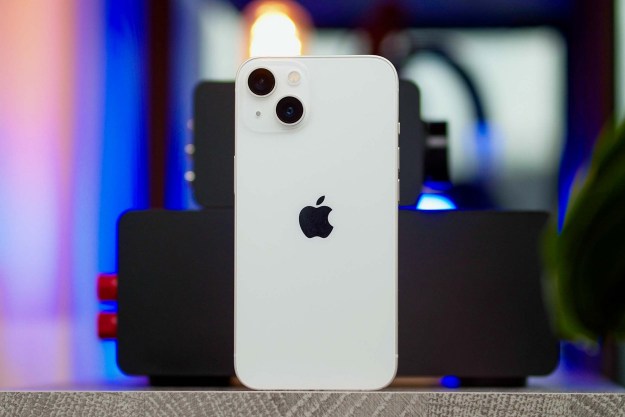It’s easy to track steps on an iPhone. It’s also easy to use the Apple Health app more generally. Not only does it track your steps for you, but it can be used to track your daily physical activity, from minutes exercised to the hours you spend standing. So, while it may not be quite as glamorous as some of the other fitness apps you can download for the iPhone, it does a very good job of giving you a handle on your basic health and fitness.
This article explains how to track steps on iPhone using the Apple Health app. It also provides step-by-step explanations of how to use the Apple Health app in general, including how to use it to monitor such things as your sleep, heart rate, weight, nutrition, and more.
How to use Apple Health app to track steps
First, open the Apple Health app by tapping on it on your iPhone’s Home screen. When you first open the app, you’ll be prompted to set up your Health Profile. In other words, you’ll enter basic information such as your name, sex, date of birth, height, and weight. You don’t necessarily have to enter this information, but it helps the app to provide a clearer, fuller picture of your overall health.
As soon as you finish your Health Profile, you’ll be taken to the Health app’s Summary screen, which is the main dashboard summarizing your health data. You should already be able to see your steps data on this screen, without having to activate it or grant permissions. However, if you don’t see Steps on the Summary, here’s what you can do:
Step 1: On the Summary screen, tap Edit (near the top-right corner).
Step 2: Tap the All tab in order to see all the different kinds of activity you could monitor. Scroll down and tap Steps, so that the blue star next to it becomes bold. Then tap Done.
Step 3: Having tapped Done, you’ll return to the Summary screen. Scroll down and tap Steps.
Step 4: This brings you to your Steps dashboard. You’ll be able to see a graph that shows you how many steps you’ve taken today (although bear in mind that you obviously need to walk around with your iPhone for it to count your steps). You can see your average steps for the past week, month, or year by tapping on the W, M, and Y tabs above the graph. You can also scroll down to see a variety of “Highlights” summarizing how your step count has changed over certain periods of time.
That’s it. But once again, if you want to use Health to track how many steps you’re taking each day, make sure you take your iPhone around with you on walks. Alternatively, you can count steps with your Apple Watch (if you have one), which can also be used to track your heart rate, as well as other vital signs.
How to use Apple Health app to track your general health
You can track steps on iPhone using the Health app, but you can also use the app to track a wide variety of other things.
Basically, you can begin tracking any activity by tapping the Edit button in the top-right corner of the Summary screen. Next, tap the All tab to begin scrolling through all the activities and measurements Health lets you track.
For example, suppose you want to track your weight. Here’s what you do:
Step 1: Open the Health app, then tap Edit once you’re on the Summary dashboard. Next, tap the All tab.
Step 2: Scroll down to the Body Measurements category. Tap Weight, so that the blue star next to it becomes bold. Then tap Done.
Step 3: Back on Summary, scroll down and tap Weight. It will say “No Data.” However, you can begin adding data manually, based, for example, on your morning weigh-ins. Tap Add Data. Doing this will allow you to enter your weight for today. Finally, tap Add.
Obviously, you’ll need to do this every day to build a daily profile of your weight. However, doing it in the Health app is arguably more useful and instructive than simply writing your weight down in a journal (or taking a mental note of it). That’s because the graph the Health app shows for your weight gives you a very clear picture of how well you’ve been doing in terms of losing, gaining, or maintaining weight.
Again, you can go through this process for a wide range of different metrics and activities. For example, you can track cycling distance, stand hours, swimming distance, wheelchair distance, body mass index, illness symptoms, heart rate, nutrition intake, sleep, and so on. Remember, some activities or vital signs can be tracked with the Apple Watch or third-party apps downloadable from the Apple App Store.
How to manage your Apple Health app data
It almost goes without saying that your health data is sensitive and personal. As such, you may wish to delete data the Apple Health app has recorded. Here’s how you can do this.
Step 1: On the Summary screen, tap your Apple ID icon in the top-right corner.
Step 2: Tap Apps, which is under the Privacy subheading. Then tap Health.
Step 3: If you want to delete all data you’ve added to the Health app, tap Delete All Data from “Health.” If you want to delete only some data, tap the relevant type of data (e.g. Weight).
Step 4: Tap Edit. Tap the red, circular Delete symbol on the left of the piece of data you’d like to delete. Then tap Delete, on the right. Alternatively, you can delete all Weight data by tapping Delete All in the top-left corner.
Editors' Recommendations
- This is the iPhone concept of my dreams
- Best iPhone 15 deals: How to get Apple’s latest iPhone for free
- How to watch Apple’s big iPad event on May 7
- Best iPhone 14 deals: Unlocked and refurbished
- iPhone 16: news, rumored price, release date, and more












